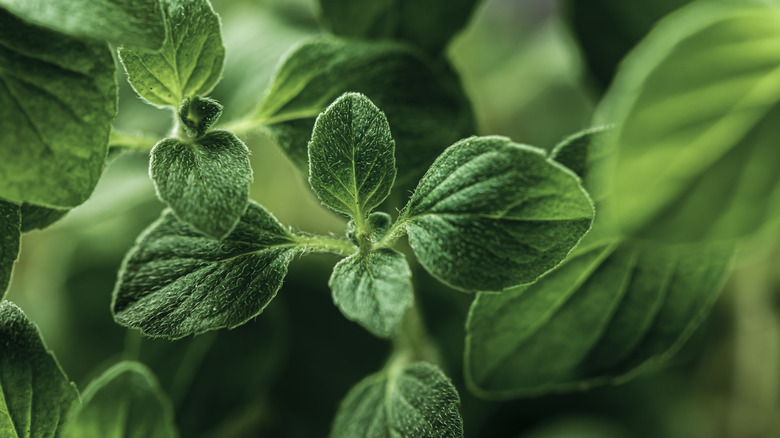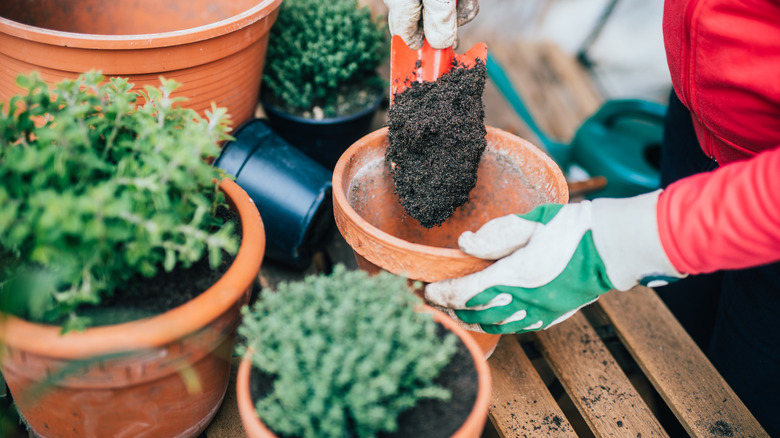Try An Easy Herb Propagation Technique For A Never-Ending Supply Of Fresh Oregano
Used dried or fresh, oregano (Origanum vulgare) adds a pungent, slightly spicy note to Italian, Mexican, and Greek cuisines. The fresh herb's flavor is subtler than that of the dried variety, a seasoning that can take over a dish if used too liberally. You can safely tuck your jar of dried oregano into the back of the spice cabinet, because fresh oregano is easy to grow in the garden or in containers. Create a never-ending supply through propagation by stem cuttings, a low-cost, sustainable technique that doesn't require fancy tools or arcane gardening knowledge.
Oregano is sometimes confused with marjoram (Origanum majorana), so if you're buying new plants with plans for future propagation and you want the best culinary oregano, choose the Greek variety (Origanum vulgare). The plant, hardy in zones 4 to 8, thrives in full sun and average, well-drained soil. Small bushes grow to about 3 feet tall and 2 feet wide and have very few problems with insect pests or disease.
If you're growing oregano for cooking rather than as an ornamental, the best method is to harvest the oregano before it flowers to encourage new growth. Once the plant flowers, growth slows considerably and may stop completely. Flowering also makes the leaves less flavorful. Dry the stems you've cut off for future use, or use them fresh in cooking, or as stem cuttings for propagation. This method works with a host of delicious herbs you can grow from cuttings.
Growing oregano from cuttings
Growing oregano from cuttings rather than seeds has several benefits. It eliminates the labor involved in starting with seeds, and plants grown from cuttings mature more quickly. Importantly, the flavor of the new plant will be the same as the old plant because they're genetically identical.
To get started, cut a healthy 2 to 6 inch stem right below a leaf node, the place on the stem where the leaves are attached. Remove about half of the leaves growing from the stem, leaving the top leaves intact. Stick the stem into a small pot filled with rooting mix or into a glass of water. As soon as you can see roots, the cutting is ready to be transplanted. If you've put the stem in soil and can't see the roots, tug lightly on the new plant — if there's resistance, there are roots. Dipping the cut stem into a rooting hormone or using a natural alternative like cinnamon before sticking it into the soil or water may help with root development, but it isn't required. The cuttings will benefit from high humidity, so use plastic wrap to tent the pot and place the cuttings in a warm, shady spot. Don't let the plastic touch the cutting because it may cause the leaves to decay.
Once the cuttings are ready to transplant, choose a sunny location like a south-facing window if you're transplanting the oregano into indoor containers. Use a commercial potting mix or make your own by combining equal parts of potting mix, perlite, and peat moss. Water when the top inch of soil feels dry. Outdoors, oregano prefers slightly alkaline, well-drained soil and full sun.

